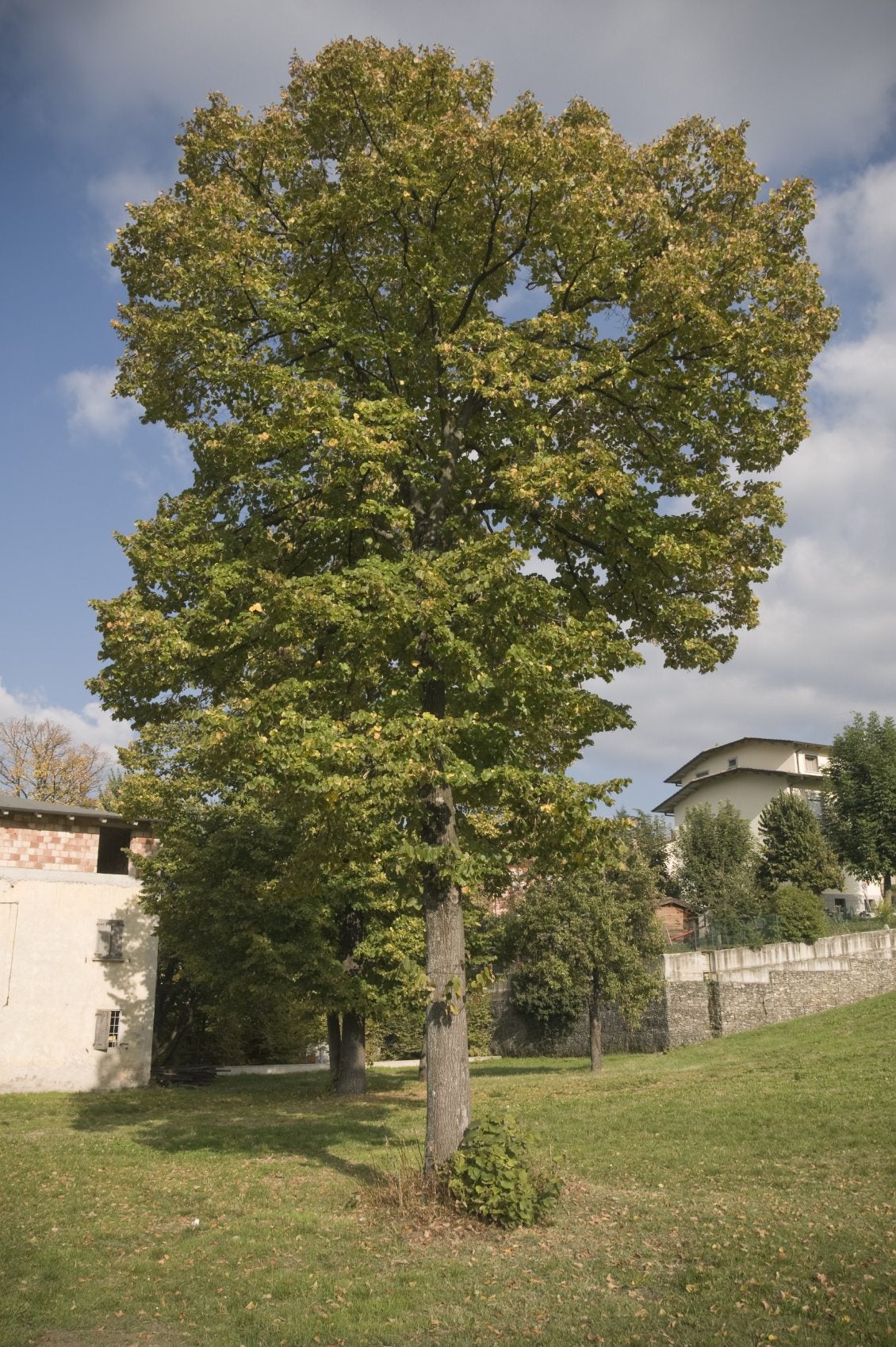The Poplar Tree: A Fast-Growing Giant
The poplar tree, a member of the Populus genus, is a common sight across the Northern Hemisphere. Known for its rapid growth and distinctive appearance, the poplar has played a significant role in human history, from providing shade and timber to inspiring artists and poets. This article delves into the fascinating world of poplar trees, exploring their biology, ecological importance, and various uses.
Poplar Tree Biology and Characteristics
Poplars are deciduous trees, meaning they shed their leaves seasonally. They are characterized by their tall, slender trunks and broad, triangular leaves that often flutter in the slightest breeze. This characteristic fluttering is due to the flattened leaf stalks, or petioles, which create an aerodynamic instability.
Poplars are dioecious, meaning male and female flowers occur on separate trees. The flowers are catkins, long, drooping clusters that appear before the leaves emerge in spring. The fruits are small capsules that contain numerous tiny seeds attached to cottony hairs, aiding in wind dispersal.

Poplar Tree Species
There are numerous poplar species, each with unique characteristics. Some of the most common include:
White Poplar (Populus alba): Recognizable by its white-barked trunk and leaves that are dark green on top and silvery-white underneath.
Ecological Importance of Poplar Trees
Poplar trees play a vital role in their ecosystems. Their rapid growth makes them valuable for reforestation and erosion control. They provide habitat and food for a variety of wildlife, including birds, insects, and mammals. Poplar trees also contribute to carbon sequestration, helping to mitigate climate change.

Uses of Poplar Trees
Poplar wood is lightweight and relatively soft, making it suitable for a variety of applications. It is commonly used in the production of:
Paper pulp: Poplar’s fast growth makes it a sustainable source of fiber for paper production.
In addition to its timber uses, poplar has other valuable applications:
Landscaping: Poplars are often planted as ornamental trees due to their fast growth and attractive foliage.

Cultivation and Management of Poplar Trees
Poplars are relatively easy to cultivate. They prefer full sun and moist, well-drained soil. However, they are adaptable and can tolerate a range of conditions. Poplars can be propagated from seed or cuttings.
Proper management is essential to maximize the benefits of poplar trees. This includes:
Spacing: Adequate spacing is crucial to prevent overcrowding and ensure healthy growth.
Conclusion
The poplar tree is a versatile and valuable species with a wide range of ecological and economic benefits. Its rapid growth, adaptability, and diverse uses make it an important resource for various industries and ecosystems. As we continue to face environmental challenges, the poplar’s role in carbon sequestration and sustainable forestry is likely to become even more significant.
FAQs
Poplars are known for their rapid growth, with some species capable of growing up to 6 feet per year.
While poplars are fast-growing, they are relatively short-lived compared to other tree species. The average lifespan is around 30-50 years, though some can live longer.
Some poplar species can be invasive due to their vigorous root systems and prolific seed production. It’s important to choose appropriate species for your location and manage them properly.
Yes, you can grow a poplar tree in your backyard, but consider the mature size of the tree and its potential impact on surrounding structures. Choose a species that suits your space and climate.
You can find more information about poplar trees from reputable sources such as the Arbor Day Foundation, the United States Forest Service, and your local extension office.


:strip_icc()/Norway-Spruce-Evergreen-Tree-48c81b7ef15d46bb8dc0989ab0fa5cc8.jpg?w=200&resize=200,112&ssl=1)



:max_bytes(150000):strip_icc()/english-boxwood-shrubs-2132072-hero-03-c9f674badbbb45128597f71cb35a71d7.jpg?w=200&resize=200,112&ssl=1)
